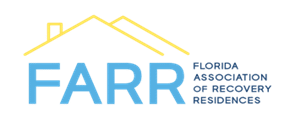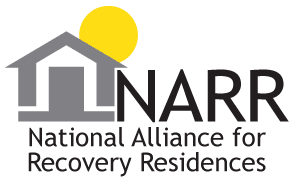The World Drug Report
The World Drug Report is a comprehensive annual overview of the latest developments in the world’s illicit drug markets through production, trafficking, and consumption. In 2015, illegal drug use continues to be a matter of global concern. A vast majority of problem drug users continue to have no access to treatment.
In 2013, 246 million (1 out of 20 people) between the ages of 15 and 64 years have used an illicit drug at least once. Every 1 out of 10 drug users is a problem drug user, often suffering from drug dependency and addiction. Almost half of the 27 million problem drug users (12.19 million) inject drugs, and 1.65 million live with HIV.
The amount and extent of problem drug users burden public health systems globally because only one out of every six drug users has access to treatment. Because of this disproportional disconnect, the annual number of drug-related deaths continues to increase. An unacceptable number of drug users continue to lose their lives prematurely, often as a result of the overdose and intoxicated accidents.
One out of three drug users is a woman, but only one out of five clients in treatment is a woman. According to The World Drug Report, “public perceptions about the rehabilitation of drug-dependent persons tend to oversimplify the magnitude of drug dependence. There is no quick and straightforward remedy for addiction. It is a chronic health condition that affected persons remain vulnerable for a lifetime and require continued long-term treatment.”
Production
Opiates
Opium production is currently reaching historical levels, surpassing the heroin epidemic in the 1930s. Opium is produced by splitting the seed pod of opium poppies to extract the sap, which oozes out thick brown-black gum. This substance is then handled by farmers who sells to distributors. The poppy growing season in Afghanistan runs from planting in December to harvest in April, although many farmers and traffickers have built opium stockpiles.
Cocaine
Cocaine production has declined in 2013, reaching its lowest level since the mid-1980s. The global supply of cocaine originates in Bolivia, Colombia and Peru, but the largest cocaine markets are reported in North and South America and Western and Central Europe.
Amphetamines
The production of amphetamines, such as methamphetamine, has increased in parts of North America and Europe because of the pure chemicals used to create the crystalline substance. The ingredients used includes pseudoephedrine, hydriodic acid, hydrogen chloride gas, and much more. Because of the readily available ingredients, federal regulations make the production harder to control output and distribution in the United States.
Cannabis
The cannabis plant cultivation has led to increased number of production worldwide. The potency of marijuana has been rising in many markets resulting in the professionalism of production. The production has led to increased production in the United States and the quantities of cannabis worldwide.
Trafficking
Opiates
The smuggling of opiates out of Afghanistan to outside consumer markets is a highly lucrative business. The annual global market for opiate drugs is an estimated $65 billion. The opium trade accounted for $2.3 billion of Afghanistan’s economy. The opium production continues to increase in Afghanistan, one of the primary production sites responsible for distributing 90% of the world’s opiate supply. The United States continues to be provided heroin by Central and South America, which only accounts for less than half of the world’s total supply.
Cocaine
The highest rates of prevalence of cocaine are reported in North and South America and Western and Central Europe. Cocaine is trafficked from South America to North America and across the Atlantic to Europe by air or sea. Supply reduction has led to a decrease in the cocaine market of the world, drastically affecting the distribution and consumption rates.
Amphetamines
The global market for synthetic drugs continues to dominate by methamphetamine. Crystalline methamphetamine trafficking traditionally is associated with outlaw motorcycle gangs and independent groups. Smuggling of methamphetamine’s in the United States from Mexico typically go from supplier to distributor on both sides of the South-North American border.
Cannabis
Cannabis plants are grown almost everywhere in the world, making global levels of cannabis production and trafficking hard to find. However, cannabis by land accounts for more than 50% of the total sales whereas maritime trafficking is the second most common method of transportation.
Consumption
Opiates
The three principal markets, Iran, Russia, and Europe, account for 66% of the consumption of Afghan opiates. America is known for its large illicit opiate market. However, most of the heroin consumed are produced in Mexico.
Cocaine
Chronic cocaine users, who account for the majority of the drug consumption, has spent almost $100 billion annually on cocaine, heroin, marijuana, and methamphetamines. Compared to marijuana, much more resources went towards the purchase of cocaine.
Amphetamines
Globally, approximately 33.9 million people use amphetamines and other prescribed stimulants, such as Adderall or Ritalin. The new methods of use (i.e. smoked or injecting) have risen in the United States mainly. The increasing demand for amphetamines has correlated to the hospitalization stays many people experience due to overdose and severe health conditions.
Cannabis
Cannabis is the most widely used illicit substance in the Americas. The ongoing changes in legislation in some states increases the prevalence of cannabis use in the United States. The United States and Mexico account for the majority of global herbal cannabis health conditions, such as seizures. Cannabis use amongst high school students and the elderly continue to increase as legislation changes.






